Key Terms
The most common form of home charging that uses standard power outlets and/or dedicated EV charging equipment. Ideal for using when there is no need to recharge immediately.
BEV
Battery Electric Vehicle.
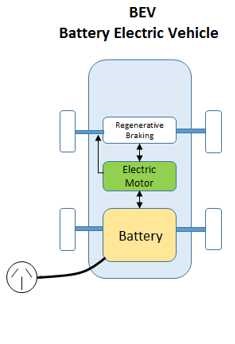
CCS
The Combined Charging System (CCS) is the standard way to rapid charge electric vehicles.
Except for the Nissan Leaf, Australian EVs have adopted the CCS2 port, which is a combination of a Type 2 AC socket with 2 DC charging pins below.

CCS1 is a combination of a Type 1 AC socket and 2 DC charging pins below.

CHAdeMO
An early DC charging system that has been superseded by the CCS DC charging system.
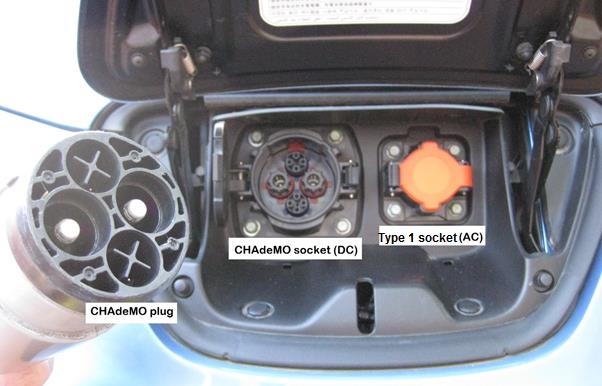
Charging port
Specialised plugs and sockets used to charge an EV at high currents for extended periods.
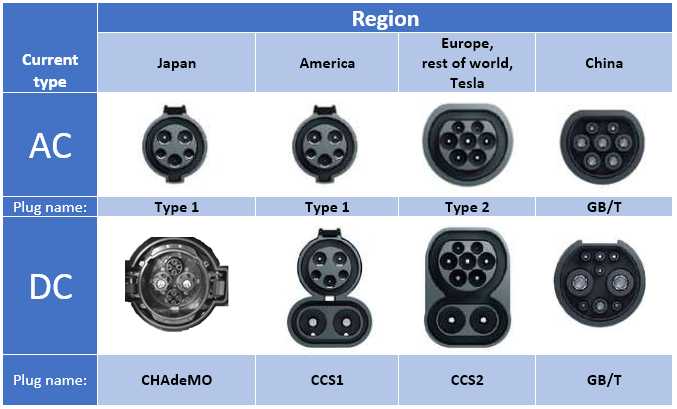
DC charging
High power, fast charging found at some public charging stations.
EVSE
Electric Vehicle Supply Equipment. Fixed or portable charging equipment that incorporates electronic signalling and allows charging to start.
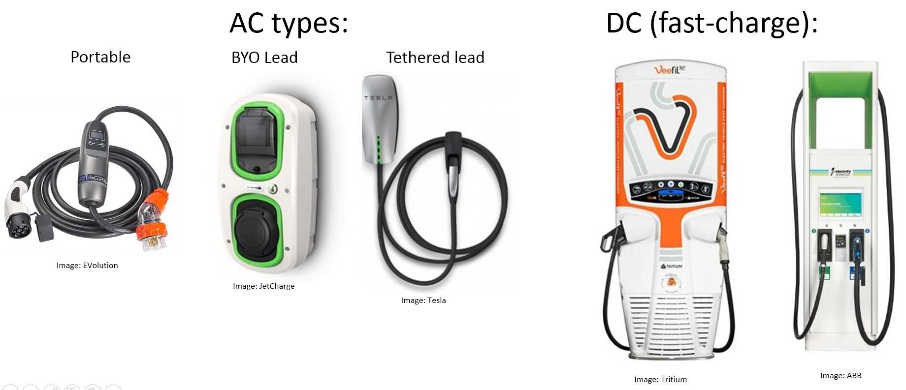
FCEV
Sometimes called a hydrogen car, FCEV’s, or Fuel Cell Electric Vehicles, combine an electric motor, battery, hydrogen storage tank and fuel cell.
Currently, FCEVs do not include a recharging plug.
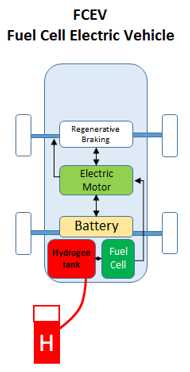
HEV
Sometimes called a mild hybrid, HEV’s, or Hybrid Electric Vehicles, combine an ICE with an electric motor and battery.
HEVs do not have a recharging plug and battery recharging is done either through regenerative braking or directly from the ICE.
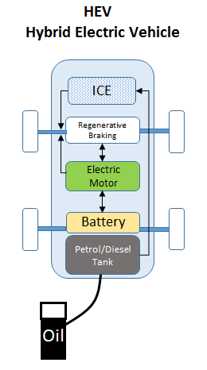
ICE
Internal Combustion Engine – vehicles fuelled by petrol, diesel, liquefied petroleum gas (LPG).
kW
The output of an EV motor is measured in kW, kilowatts.
kWh
Total battery capacity is measured in kWh, kilowatt hours.
kWh are also used to measure household electricity use, which means it’s a common unit for both cars and houses and makes it easy to calculate the cost of recharging an EV:
Cost to charge = % of the battery needing to be recharged X battery capacity X electricity kWh cost
For example, an electric Kona with a battery capacity of 64 kWh that is only 50% charged will cost $9.60 to charge to 100% if the cost of electricity is 30c/kWh (0.5 X 64 X $0.30 = $9.60)
NEDC
New European Driving Cycle. A driving cycle originally designed for petrol cars to assess the emission levels and fuel economy of a car’s engine, and now used to assess the driving range of EVs and hybrids.
For EVs, NEDC ratings are often around 30% higher than what can be achieved under real-world driving conditions.
PEV
Plug-in Electric Vehicle. A general term for EVs that have a recharging plug. Includes both BEV and PHEV.
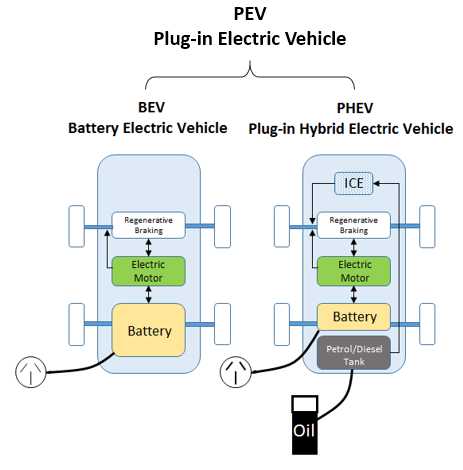
PHEV
Plug-in Hybrid Electric Vehicle. Combines an ICE engine with an electric motor, battery and charging plug.
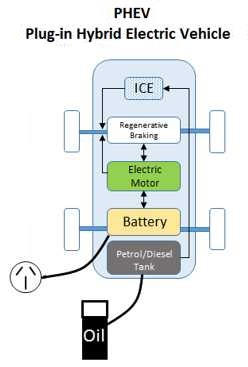
Plugshare
The most commonly used App, and website, used by EV drivers around the world to find the nearest charging point.
Plugshare is a free, community-based service that enables registered users to upload new sites, comments, photos and details about charging points. Easily configured to show your choice of charging point type and/or provider.
plugshare.com
Range
The distance that an EV can travel on a full battery.
Full battery range is measured using one of three common (but differing) standards: NEDC, WLTP, and US EPA, which often differ from real-world driving range.
Real-world driving range
The actual driving range that can be achieved by an EV. It often differs from the range calculated by measuring systems like NEDC, WLTP or US EPA.
Real-world range depends on driving style (gentle vs heavy acceleration), driving conditions (hilly vs flat), type of driving (city vs country) and climate (hot vs cold).
Regenerative braking
Also called regen. When light or medium braking is used in battery powered electric vehicle, the motor is used to slow the car, which regenerates electricity and recharges the battery.
In mild hybrid EVs such as the Toyota Camry or Honda Insight, this is the only form of battery charging
Type 1 AC charging system
An early charging plug and socket system used on older EVs, including the Leaf, iMiEV, etc but now only used in North America and Japan. In most of the rest of the world it has been replaced with the Type 2 charging port.
Type 1 is a single phase (5 pin) design which allows up to 7kW charging.
Type 2 AC charging system
This is the current charging plug and socket system used on all new EVs sold in Australia.
Type 2 is a 7 pin design which allows up to 22kW charging and is able to accept both single and three phase AC input.
US EPA
A testing system developed by the United States Environment Protection Agency to calculate the range of a battery EV.
The US EPA test cycle increasingly includes driving in a range of outer suburban and regional areas, making it a more accurate estimation of an EV’s range.
The US EPA ranges are roughly the same, or even slightly lower, as what Australian drivers can achieve.
WLTP
Worldwide harmonised Light vehicles Test Procedure. This is the current European Union (EU) mandated testing system used to calculate the range of a battery EV.
European drivers tend to drive more in inner city and suburban areas than US and Australian drivers. In Australia WLTP ranges are roughly 10% further than what many Australian drivers can actually achieve.

